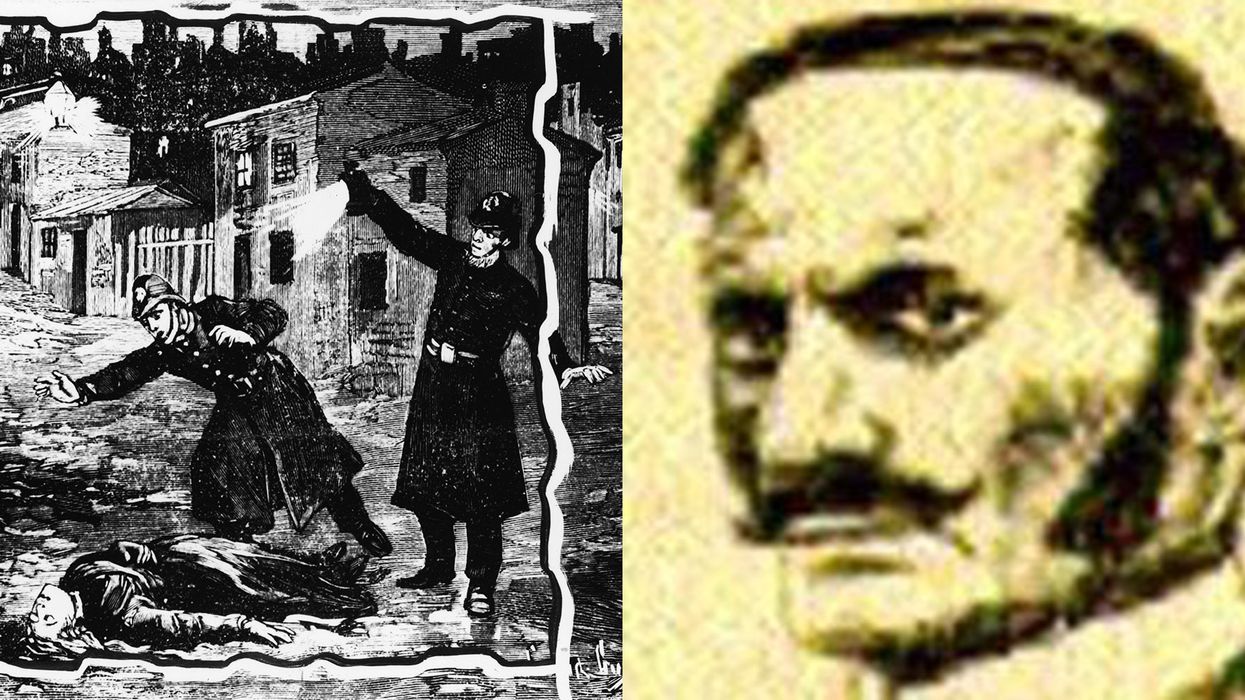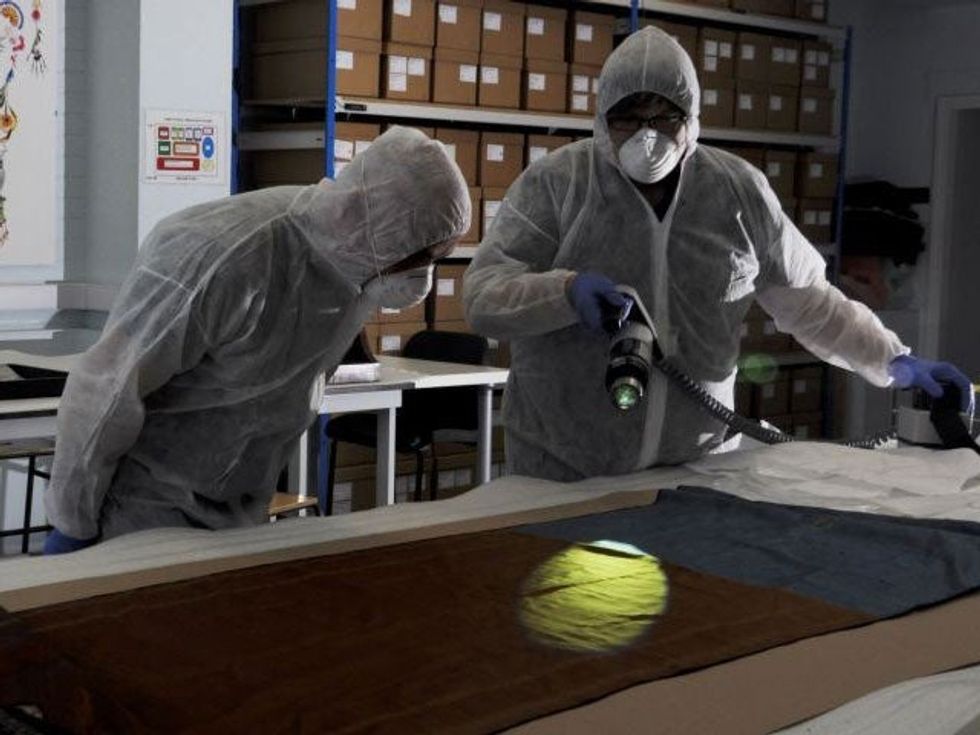Emma Snaith
Mar 18, 2019

Pic:
Getty
The identity of Jack the Ripper may have been finally revealed after a nearly 150-year-old saga to unmask the notorious serial killer.
DNA on a blood-covered shawl claimed to have been found next to the mutilated body of one of the murderer’s victims was found to match the DNA of a living descendent of Victorian barber Aaron Kosminski, according to research published last week.
Kosminski was previously named as a prime suspect by the detective who led the hunt for Jack the Ripper, but at the time there was never enough evidence to convict him.

But now over 100 years later, researchers from Liverpool John Moores University say they have carried out the “most advanced study to date regarding this case”, using the “only remaining physical evidence linked to the murders”.
Jack the Ripper is thought to have brutally raped and murdered at least five women in London's East End in 1888.
The researchers published their findings in the Journal of Forensic Sciences, and wrote:
We describe for the first time systematic, molecular level analysis of the only surviving physical evidence linked to the Jack the Ripper murders.
Finding both matching profiles in the same piece of evidence enhances the statistical probability of its overall identification and reinforces the claim that the shawl is authentic.
The shawl the scientists analysed was allegedly found next to the killer’s fourth victim, Catherine Eddowes, and is speckled with what is claimed to be the blood and semen of the killer.
This isn’t the first time Kosminski has been linked to the crimes. But it is the first time the supporting DNA evidence has been published in a peer-reviewed journal.
Dr Jari Louhelainen, one of the co-authors of the current study, first conducted testing on the shawl five years earlier in 2014. Geneticists at the time caveated that it was impossible to assess the DNA claims because few technical details about the analysis of genetic samples from the shawl were available.
Previously critics have questioned whether the shawl can be used as viable evidence, arguing there is no irrefutable proof it was found alongside Eddowes’ body, and that it is entirely possible that it may have been contaminated over time. Experts are still divided on this front while the most recent study claims to be the most 'advanced to date' regarding the case.

Kosminski was a Polish Jewish immigrant who moved to London’s Mile End Old Town after feeling persecution from Poland’s Russian rulers.
Throughout his life he spent time in at least two different mental institutions before his death in 1919.
The shawl was bought at auction by businessman Russell Edwards in 2007.
More: Jack the Ripper museum hires PR guy. PR guy defends Jack the Ripper
More: A Jack the Ripper historian reviewed the Jack the Ripper Museum. It didn't exactly go well

Top 100
The Conversation (0)













